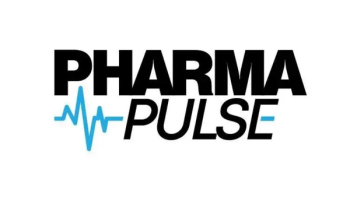
- Pharmaceutical Commerce - January/February 2012
HDMA updates its barcode guidance for wholesaler members
New guidelines prepare for eventual item-level serialization, while embodying FDA guidance for barcoded hospital-supply products
Although the very concept of standardization of something like National Drug Codes (NDCs) on pharmaceutical packages would seem to be straightforward, in fact there have been many variations—with special placeholder digits in the NDC, for example—that various parts of the industry have adopted. For that reason, as well as to incorporate new standards definitions from the GS1 organization, HDMA has updated its Guidelines for Bar Coding in the Pharmaceutical Supply Chain, and has published a comprehensive book on the topic available for sale at its website.
The Guidelines, last revised in 2005, generally do not require some fullscale revision of current barcoding practices. But they do acknowledge the new emphasis on 2D Datamatrix codes (along with various linear codes), and the Standardized Numerical Identifier (SNI) that FDA came out with in March 2010. Combine the SNI with a unique alphanumeric string, and you wind up with the serialized NDC (sNDC) that FDA believes could become part of a full track-and-trace electronic pedigree system.
Upwards of 16 specific recommendations by HDMA are being made the Guidelines publication, ranging from replacing line scanners with imaging scanners (which can handle both linear barcodes and 2D codes), label placement, and GS1 code formatting instructions, among others. The Guidelines also say that thermal transfer is the best type of barcode printing (which might be news to vendors of laser and other marking techniques).
Articles in this issue
almost 14 years ago
Manufacturers are reviving their serialization plansalmost 14 years ago
UPS Healthcare Logistics adds to network with an Italian acquisitionalmost 14 years ago
Gartner 2011 Healthcare Supply Chain Top 25 puts Cardinal Health at No. 1almost 14 years ago
The shape of the home infusion industryNewsletter
Stay ahead in the life sciences industry with Pharmaceutical Commerce, the latest news, trends, and strategies in drug distribution, commercialization, and market access.




